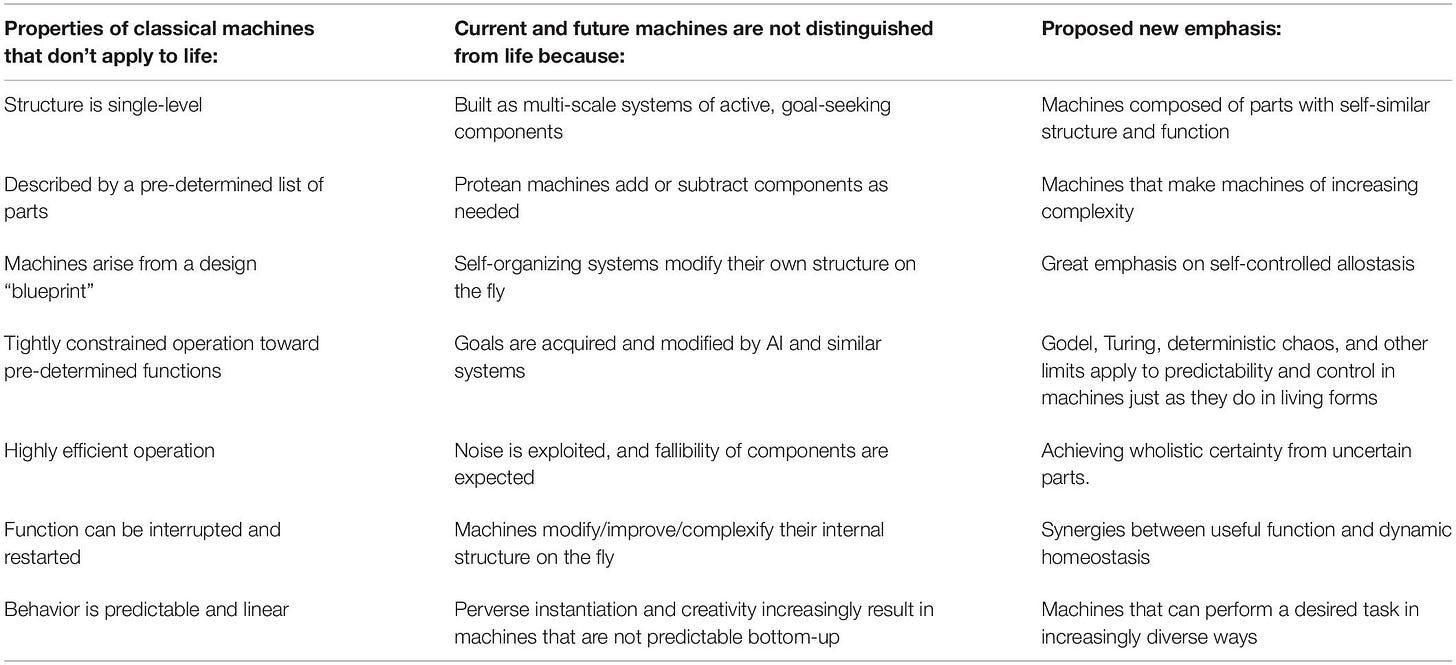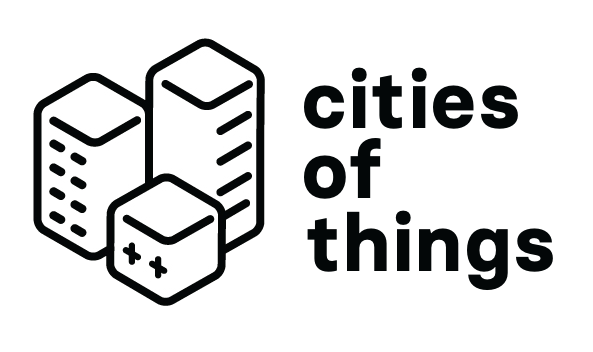Due to my holidays, I write this post a bit later than usual. Welcome to the new subscribers! Every month I take one article in the domain of Cities of Things that trigger thinking about one aspect that is part of the Cities of Things elements of living together with intelligent things in cities that shape our city life so to say. That can be a new insight or a connection to one of the core aspects. This month I like to dive into one of the latter categories. One of the concepts I ran into while doing research at Delft University of Technology is the co-performance as described by Kuijer and Giaccardi in 2018. It reflects on a notion that we grow into a form of collaboration with technology that is based on shared goals, on a certain leveled interest almost. At least that is what I especially take out of it.
Author: iskander
Last 2nd of August Peicheng Guo graduated with his master research project “Towards an active predictive relation by reconceptualizing a vacuum robot”.
Peicheng not only used the proposed method for designing things that predict, but he also added a couple of valuable models both on the level of relations with domestic products as with autonomous objects in general. Via a Research through Design approach, he developed new insights and brings the knowledge on predictive relations a step further. To illustrate possible future collaborations with objects we use he redesigned the user manual in a guidebook for learning to understand each other’s (human owner and object) intentions.
Blog – cities of DAO things
Thanks for subscribing. In this monthly newsletter I dive deeper in one of the articles that relate to Cities of Things that I collected in my weekly updates of last month. This month I explore the relations of DAOs and Cities of things.
Check also the website Cities of Things to be update on latest research and other activities. Like the master graduation thesis from Peicheng Guo on predictive behaviours of vacuum robots.
A lot is discussed about DAOs, the decentralized autonomous organization, and last months a couple of interesting articles passed by. In A Prehistory of DAOs Kei Kreutler is looking into what to learn from different earlier types of organizations: “DAO comes from imagining how features of decentralized technology, such as global digital assets, censorship resistance, and automated actions, will change how organizations operate.” It is mainly an organizational form for shaping organizations and processes to deal with decision-making. A basic element of the DAO is the governance mechanism and operating principles. In further exploration, interesting connections are made with gaming environments and a form of guilds. All focused though on the organization of humans in organizations.
Rewatch MAB20 symposium
At the Media Architecture Biennale, this year Cities of Things was invited to organize an embedded symposium. We introduced Cities of Things and the field lab Amsterdam-Munich that we are setting up in collaboration with Creative Holland (internationalization program for the creative industries).
Part of the symposium was a panel with guests: Euiyoung Kim, assistant professor at the Delft University of Technology, Marcel Schreuder, founder of Springtime, and Marthijn Pool, founder of Space&Matter. Julia Christiansen program manager digital transformation of the City of Munich introduced the Munich Urban Colab, also partner in the field lab initiative.
In the panel we discussed the relation of Mobility & Society and the role intelligent citythings might play. You can rewatch the symposium via the website of MAB20, scroll in the program to the 2 July.

Blog – a metaverse of citythings
Looking back into the future; the last year I had to think more than once on a project we did back in 2013 on the future of e-commerce; Shopping 2020. It would be nice to have a look into the trends we projected back then to see what became true or not, not to prove ourselves right, but more to learn from the thinking patterns. Thinking about this and exploring the articles of June that might be the base for this month’s look-back update, I could not deny the rise in attention for the metaverse for some time now. A new promise for future forecasters from consultancies especially those with a technology focus. As often, without planning to do, links between the stories pop up… First, let’s go back to the shopping future.
Podcast iBestuur
A couple of months ago Iskander was invited to participate in a podcast of iBestuur (part of Automatiseringsgids) discussing Mobility in Digital Future. We discussed the future of mobile technologies and the societal consequences. The podcast is in Dutch and can be listened to here: https://ibestuur.nl/video/podcastserie-digitalisering-op-drift-deel-1-mobiliteit

Blog – communities of collaborative AI
This post is a monthly update that I have sent to all subscribers of the Cities of Things newsletter.
Looking back at last month there were two interesting articles that deserve a closer look in relation to the Cities of Things. It connects to some of the basic concepts, and triggers deeper exploring that I probably do later.
One of the core concepts that inspire Cities of Things is the relationships we as humans have with the technology that gets more agency, will make their own decisions, will have more responsibility in taking decisions. The things that are becoming citizens. Things are still representing systems of designed agency, often by organizations. They might however become more learning creatures on their own. We strive for a harmonious society living together with these things, where we can perform in co-performance with the things reaching a shared goal, using each-others best characteristics.
This post is a monthly update that I have sent to all subscribers of the Cities of Things newsletter.
I think I cannot avoid talking about the launch of Apple’s AirTags. I ordered a set but they will not arrive before half of May I think. But that does not matter, the actual experience of using them is not the key point I want to address here. The basic premise of having a tag connected to a valuable object is not so exciting and definitely not new; my tile is still in my bag, just in case. The battery is worn out I think and with the first edition I have, you cannot charge it or replace it. A bad design choice they recognized themselves in the second generation.
Last couple of months 8 teams of bachelor students of IDE have been working on a design for things that predict in the cities of things. The Delft Design Lab Cities of Things commissioned the assignment to explore design experiences with the use of predictive knowledge as design material. The 8 teams did a great job in coming up with very different concepts. In this report I will introduce the projects, you can find the project videos and I will give a short reflection per project.
The kick-off of the project was 10 February with a kick-off presentation for the teams explaining the Cities of Things paradigm and the concept of predictive knowledge. See the slides below.
Blog – citythings with blackbox character
This post is also sent as an update via the monthly newsletter. Around the end of a month, I share learning on the Cities of Things. More on the backgrounds of Cities of Things and the current research projects via the website. In my personal weeknotes newsletter Target_is_new I keep track of the news of the week.
Reading back the weekly updates, it is noticeable that there are continuous introductions of new robot-dog applications, mostly Spot from Boston Dynamics; from policing to being a doctor. The last mile delivery pods are also now adopted by new players every week, so it seems, driven by pandemic lockdowns probably. The pods could see these as typically the creatures inhabiting the cities of things, but it is interesting to reflect on some differences.
From an outside perspective, the way they resemble human characteristics is very different. The last mile vehicles resemble other types of vehicles that we use for transport, while the robot-dogs are a new type of living creatures and touch upon more human-animal interactions often. The robot dogs are also a kind of democratization of industrial robots to a smaller and easier to adopt form factor. The new Stretch robot of Boston Dynamics, introduced last month, is another interesting example. It is positioned as a moveable logistics robot, taking stuff from a truck to the warehouse and vice versa. It is like a combination of a human worker with a tool like a forklift. That make these robots into three types of support connected to human capacities: replacing a delivery person with an autonomous moving bag, replacing the warehouse worker with autonomous lifting gear, and a human guarding or communicating position with an autonomous living object.
All of these are staying close to the objects or tools they replace. That is needed for the acceptance and for the transparency in what they do. Here we touch an important aspect; for acceptance in our regular life we need autonomous operating devices that are readable archetypes. For now.
Will this change? Will we give the autonomous operating citythings more credits for their own character, the authentic choices they might start making. Like the painting robots that create art, that is even sold as NFT. If the autonomous thing is just a predictable extension of human-operated things, there is no character to recognise, and would it be also not likely it will produce interesting art. So might it be a virtue to have non-explainable AI driving these characterful citythings, creating a kind of non-transparent working? In that situation, the relations we have are not are based on our human representations in the autonomous things but in the embodiment of the decisions the robotic things make…
This notion is opening up lots of new questions of course. To connect two interesting reads to dive into it more. First, in her trend presentation at SXSW, Amy Webb introduced the You of Things, where the personal connector is important in the context of networked objects. It is a nice capture of weak signals but deserves also more thinking. The translation into examples is quite basic still. A fundamental exploration on the change of what living things are, was done in this extensive article: “Living Things Are Not (20th Century) Machines: Updating Mechanism Metaphors in Light of the Modern Science of Machine Behavior“. New definitions of machines, robots, programs, software/hardware are proposed.

The science of behavior, applied to embodied computation in physical media that can be evolved or designed or both, is a new emerging field that will help us map and explore the enormous and fascinating space of possible machines across many scales of autonomy and composition.
Interesting to see how it plays out, also in relation to more hybrid systems, especially in a city context. That is something for another edition though.
